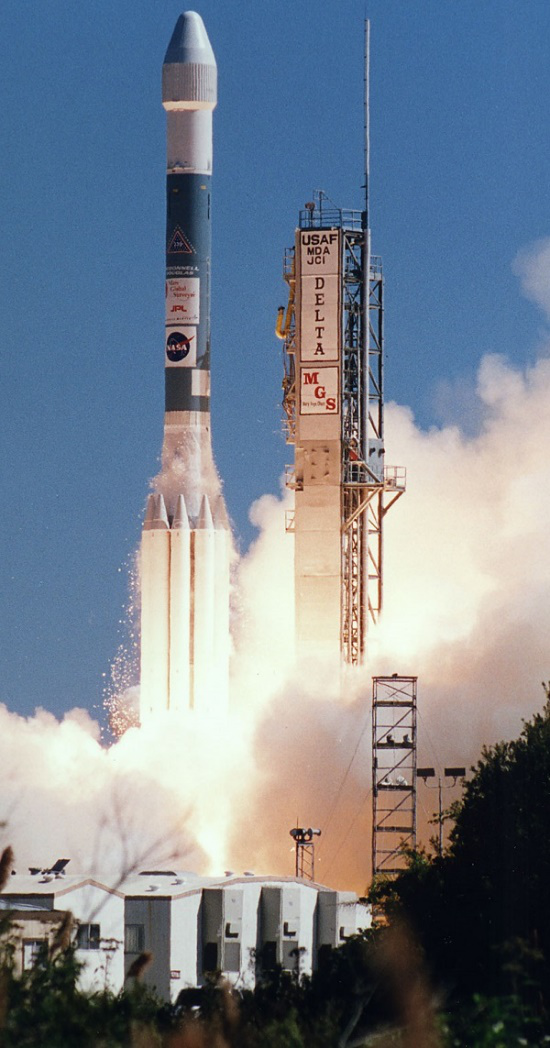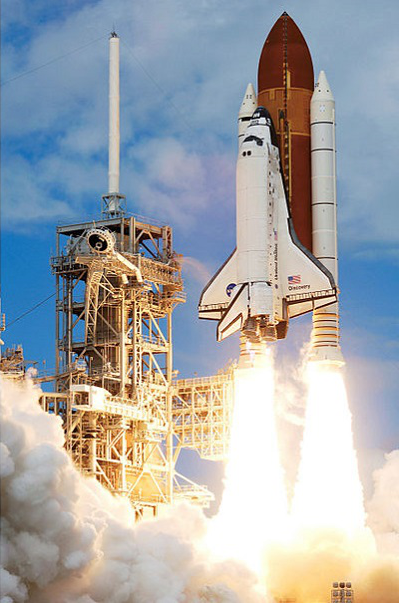Satellites stay in space for most of their life time. We know that the environment of weightlessness is present in the space. That’s why satellites don’t require additional strong frames in space. But, those are required during launching process. Because in that process satellite shakes violently, till the satellite has been placed in a proper orbit.
The design of satellites should be compatible with one or more launch vehicles in order to place the satellite in an orbit.
We know that the period of revolution will be more for higher apogee altitude according to Kepler’s second law. The period of geostationary transfer orbit is nearly equal to 16 hours. If perigee is increased to GEO altitude (around 36,000 km), then the period of revolution will increase to 24 hours.
Launching of Satellites
The process of placing the satellite in a proper orbit is known as launching process. During this process, from earth stations we can control the operation of satellite. Mainly, there are four stages in launching a satellite.
First Stage − The first stage of launch vehicle contains rockets and fuel for lifting the satellite along with launch vehicle from ground.
Second Stage − The second stage of launch vehicle contains smaller rockets. These are ignited after completion of first stage. They have their own fuel tanks in order to send the satellite into space.
Third Stage − The third (upper) stage of the launch vehicle is connected to the satellite fairing. This fairing is a metal shield, which contains the satellite and it protects the satellite.
Fourth Stage − Satellite gets separated from the upper stage of launch vehicle, when it has been reached to out of Earth's atmosphere. Then, the satellite will go to a “transfer orbit”. This orbit sends the satellite higher into space.
When the satellite reached to the desired height of the orbit, its subsystems like solar panels and communication antennas gets unfurled. Then the satellite takes its position in the orbit with other satellites. Now, the satellite is ready to provide services to the public.
Satellite Launch Vehicles
Satellite launch vehicles launch the satellites into a particular orbit based on the requirement. Satellite launch vehicles are nothing but multi stage rockets. Following are the two types of satellite launch vehicles.
- Expendable Launch Vehicles (ELV)
- Reusable Launch Vehicles (RLV)
Expendable Launch Vehicles
Expendable launch vehicles (ELV) get destroyed after leaving the satellites in space. The following image shows how an ELV looks.

The ELV contains three stages. First and second stages of ELV raise the satellite to an about 50 miles and 100 miles. Third stage of ELV places the satellite in transfer orbit. The task of ELV will be completed and its spare parts will be fallen to earth, when the satellite reached to transfer orbit.
Reusable Launch Vehicles
Reusable launch vehicles (RLV) can be used multiple times for launching satellites. Generally, this type of launch vehicles will return back to earth after leaving the satellite in space.
The following image shows a reusable launch vehicle. It is also known as space shuttle.

The functions of space shuttle are similar to the functions of first and second stages of ELV. Satellite along with the third stage of space shuttle are mounted in the cargo bay. It is ejected from the cargo bay when the space shuttle reaches to an elevation of 150 to 200 miles.
Then, the third stage of space shuttle gets fired and places the satellite into a transfer orbit. After this, the space shuttle will return back to earth for reuse.



